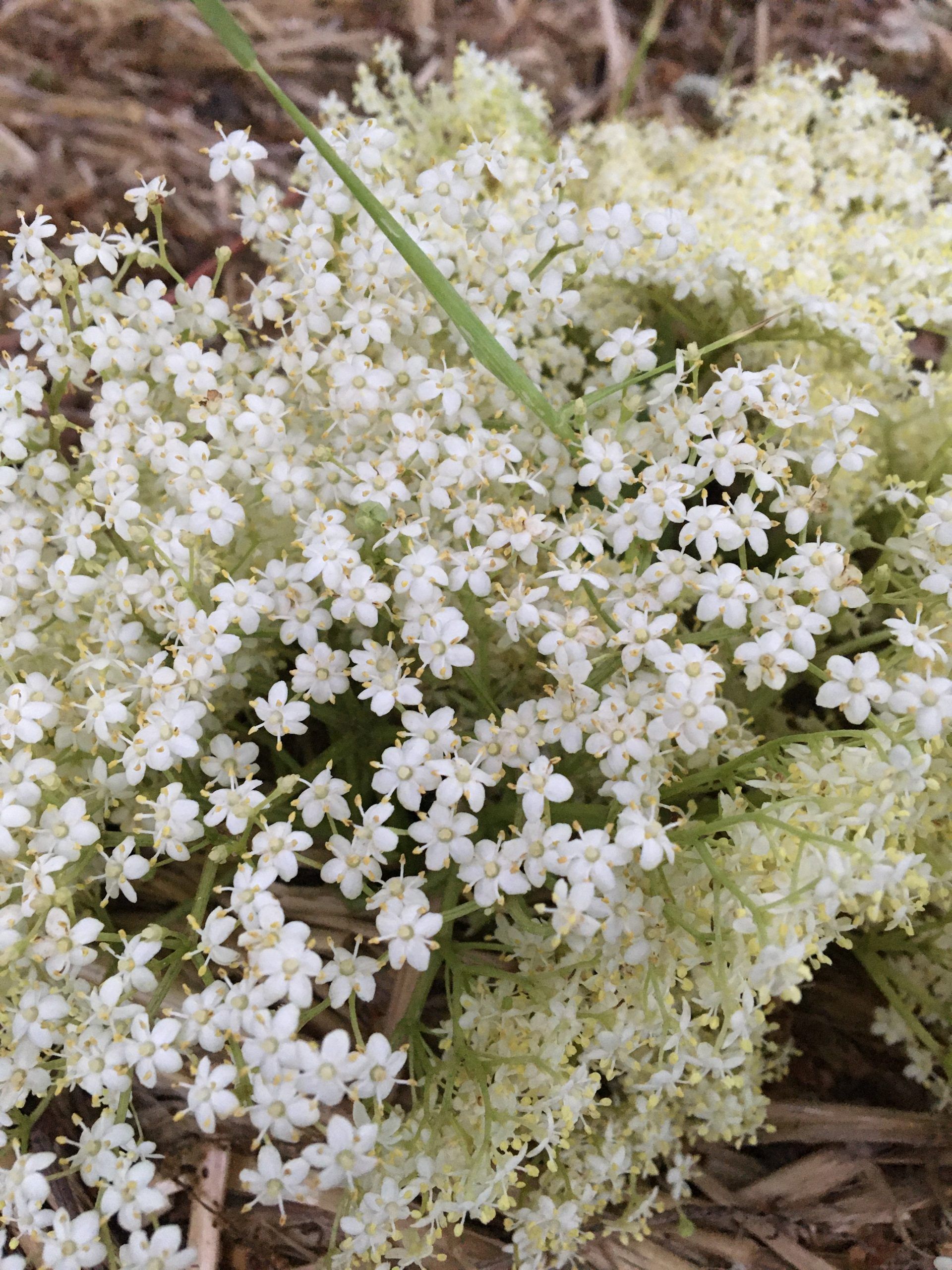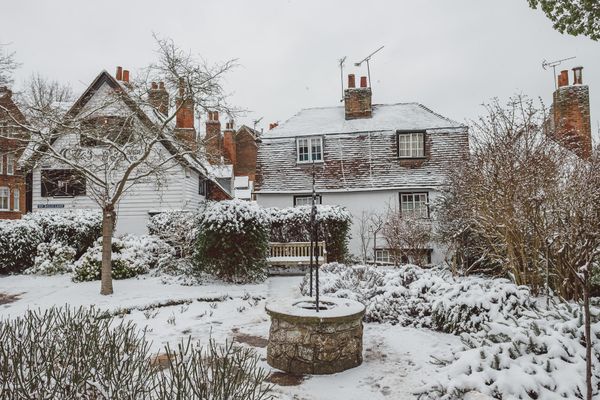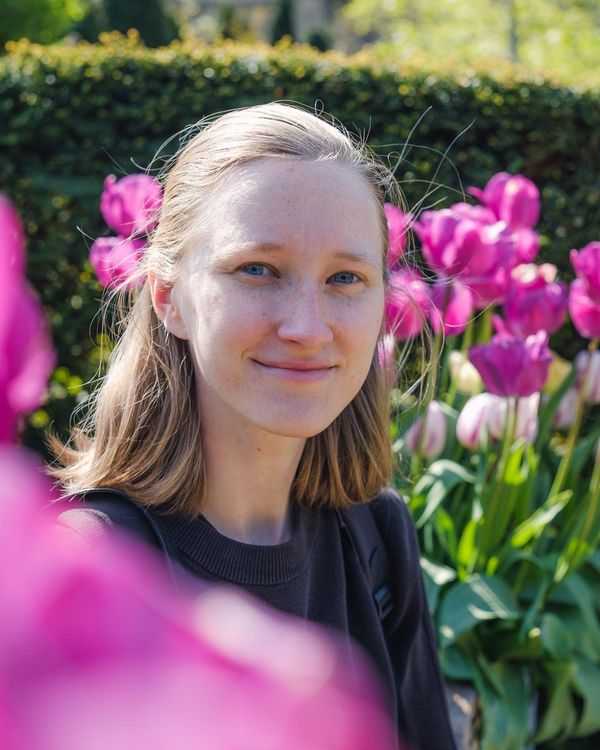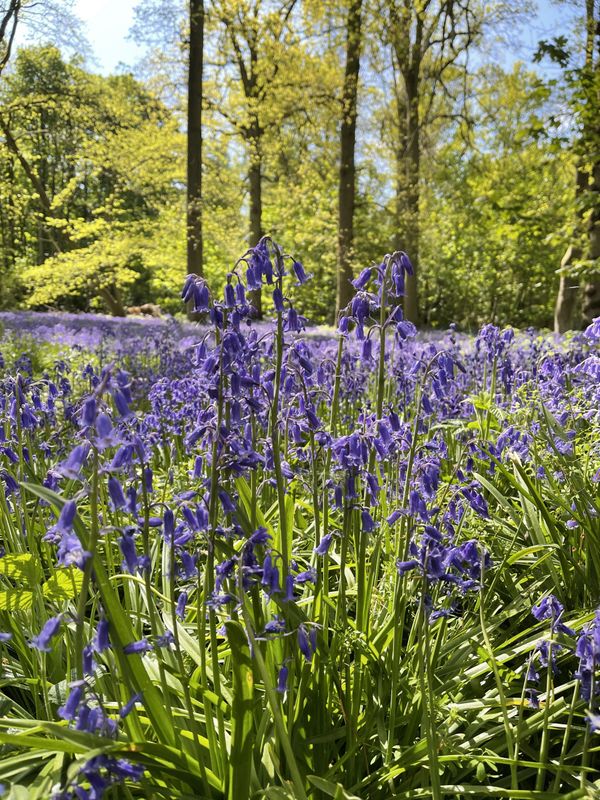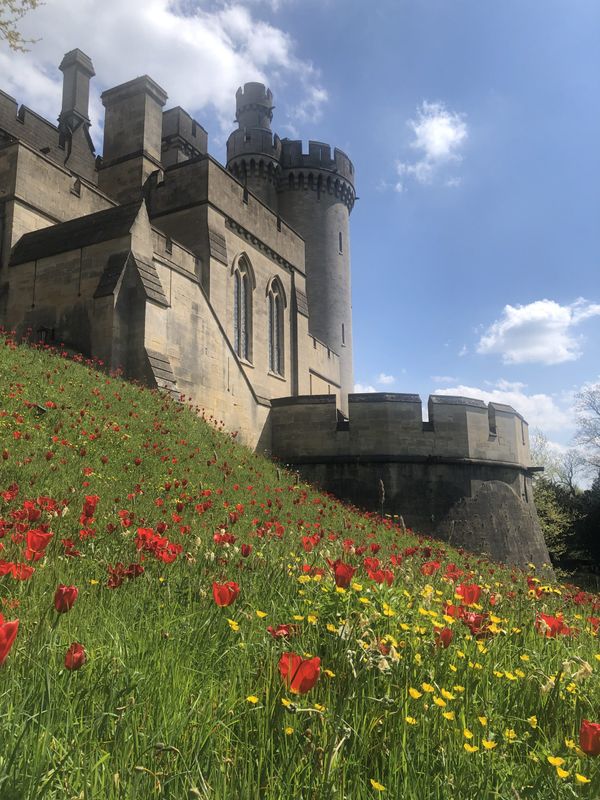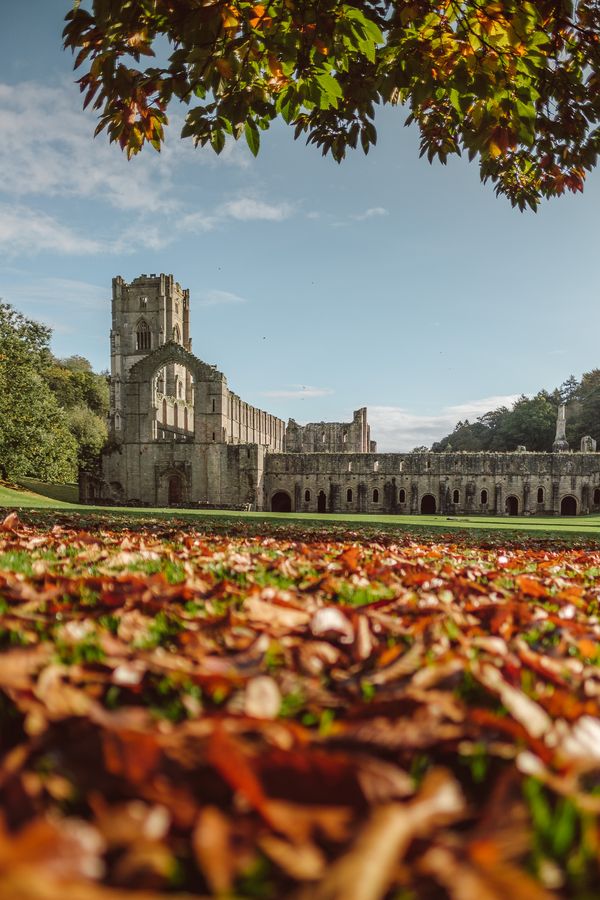Trying out foraging has been on our to do list for a while now, and an unexpected opportunity arose to give it a go at our workaway on a nature reserve in Norfolk! The family living there forage for elder, amongst other things, each year – harvesting the sweet flowers for cordial and, later, the elderberries for jam. They had a fantastic foraging book by Adele Nozedar called ‘The Hedgerow Handbook’, which we dipped into more than a few times during our stay, and have since invested in a copy of our own!
Table of Contents
Our workaway was situated on one of Norfolk’s nature reserves, with 20 acres of woods and meadow just brimming with flora and fauna. Elder trees dotted all over the woodland seemed to suddenly burst to life in late May, as we spied the first of the beautiful clusters of white and yellow flowers by Hazelnut Yurt. We waited a few days for more of the blossoms to appear, before arming ourselves with trugs and snips and heading out into the meadow to gather some of the fragrant blooms.
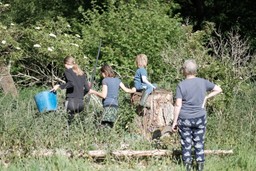
When to pick elderflower
The elderflower season runs from mid May to June, so there’s only a really short window to grab some. When selecting elderflowers to pick for cordial it’s vital that the weather has been dry for at least a few days before you harvest them – it’s the pollen that gives the elderflowers their flavour, and rain washes all of that sweetness away! It was a warm May morning when six of us made our way through the meadow, using our snips to negotiate paths through the dense carpet of nettles to reach the most flower-covered bushes we could find. It’s best to pick elderflower in the morning, as the heat of the sun can deteriorate the blooms slightly as the day goes on, but if you can only manage to go foraging in the afternoon you’re unlikely to see a noticeable difference.
What to look for, and how to pick elderflower
We looked out for young, sweet-smelling elderflower heads that had a mixture of flowers and also a few buds on them, as these are more likely to be covered in pollen that will later give your elderflower cordial its taste. We were fortunate to have elderflower growing on the land in Norfolk, but if you’re going out into the countryside to forage the blooms, here’s a few tips:
- Avoid bushes that are on the fringes of busy roads, as these blooms will be covered in pollution and dust from passing traffic
- Avoid bushes that are lower down in public areas, where people may have walked their dogs…!
- If you’re hoping to return to the same area to forage elderberries in the Autumn, avoid picking every single bloom as the berries grow from the flower heads
To pick the elderflower, snip at the base of the umbrella-shaped bloom – there’s no need to cut each individual stem or get rid of the stems, as you’ll strain the mixture when you make the cordial.

Preparing the elderflower for cordial
Once picked, the flowers don’t keep for long so we found it best to get cracking on the cordial as soon as possible. For The Hedgerow Handbook’s recipe you need 20 elderflower heads, which makes around 1.5 litres of cordial! As suggested in the book, it’s best to make as much as you can store as the season for elderflower is so short – you can always freeze some in bottles or even ice cube trays to make a floral cocktail! We filled a trug with varying sizes of elderflower heads and left it upside down on newspaper in the porch overnight, with a stick propping up the edge to make a small gap. This encourages any bugs to drop down from the elderflowers and crawl out, instead of washing the blooms and rinsing away all of the pollen that gives elderflower its sweet taste.

Making cordial
The next day we set to work! Making the cordial is an incredibly simple process – we dissolved 1.5kg of granulated sugar in boiling water and left it to cool, then added the elderflower heads and sliced lemons before covering the mixture and leaving it for 24 hours, after which time it can be strained and bottled. The first time we made the cordial solo, we left the sugar water to cool and promptly forgot about it – only when we were heading to bed did we remember that we needed to add the actual elderflowers and other ingredients before it could be left to soak!! Nevertheless, the cordial turned out perfectly and we had four bottles of strong, sweet elderflower cordial to enjoy!

Important notes
You should never eat foraged plants if you’re not completely sure about them – it’s all too easy to get mixed up with flowers and eat something you shouldn’t. We wouldn’t like to think of anyone getting sick from eating things they’ve foraged. Make sure you familiarise yourself with the look of the flowers before you head out to harvest them, even if that means Googling photos for a while just to be super sure! You should also never snip blooms that are on privately owned land.
As for the cordial recipe: we’ve read from a few sources that you don’t necessarily need to add citric acid to the mixture, as its only purpose is to lengthen the shelf life of the cordial. If you don’t fancy buying a whole bag just to use 50g, go without and enjoy the cordial within a few weeks or freeze it. If you want to give it a go we highly recommend The Hedgerow Handbook for this recipe and many more delicious recipes that can be made with foraged blooms and berries!

